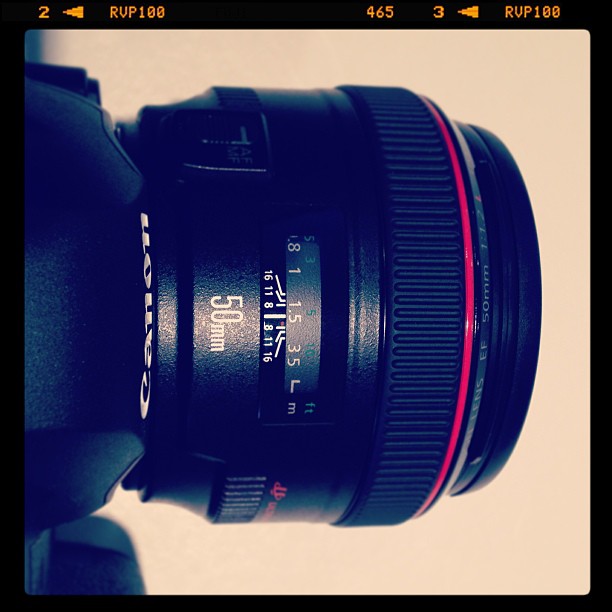Note: I don’t claim to be the master of lens knowledge, but I will do the best I can to share what I know. Please, feel free to use Google to further learn about these various concepts.

A photo taken by my phone; why not?
One of the most common questions I see from budding photographers is ‘What lens should I buy?’. There are a lot of options out there, so it can be a little overwhelming trying to figure out the best option for what you want to shoot. Hopefully this blog post will help you with making that decision!
One of the most important things to understand before you buy a lens is what the numbers and letters mean. Since I shoot Canon, most of my knowledge lies there, but a lot of this information will apply to lenses from any manufacturer.
Let’s choose a lens as an example, and let’s say we’re looking at the Canon EF 28-135mm f/3.5-5.6 IS USM.
EF: “EF” is the mount of the lens. This is Canon’s standard mount for the last 25+ years. EF stands for ‘Electro-Focus’ which means that there is a motor in the lens for auto focusing. The other mount you will see for Canon will be “EF-S”. The EF-S mount lenses only work on cropped sensor cameras (also known as cameras with APS-C sensors). A large number of Canon’s cameras do have this type of sensor, but there is a catch.
EF lenses will work on cropped sensor cameras , however, EF-S lenses do NOT work on full frame cameras (such as the 5D series). Keep this in mind when considering your collection investment!
28-135mm : This indicates the focal length range of the lens. The smaller number indicates the widest the lens will go, and the larger number indicates the longest the lens will go. I am not going to go into a complicated explanation of focal length here, you can find that on Wikipedia. However, I do want to point some things out that matter when it comes to focal length.
Wider focal lengths do not make attractive classic portraits. Generally, you don’t want to do an up close portrait at any wider than a 50mm because of the distortion. Wider widths can work when you’re doing more full body shots, and you want to include some background, but avoid getting in somebody’s face at 28mm! 🙂
Focal length and depth of field go hand in hand. Say you set your aperture to f5/.6. You will have far more subject isolation at 135mm than you will at 28mm. This means your background will begin to fade into the creamy goodness we all enjoy. This is a very simplistic explanation, for more check here.
There are a variety of fixed focal length, or prime, lenses available too. Common focal lengths include 35mm, 50mm, 85mm, and many longer lenses. These lenses often come in much wider maximum apertures, but we’re about to get to that!
Now, let’s talk about our cropped sensor versus full frame sensor cameras again and how they relate to focal length. Remember I said that EF mount lenses will work on a cropped sensor. However, the focal length they actually create is not what’s advertised, if you will. A Canon cropped sensor camera is 1.6x the length of a standard 35mm sized sensor (full frame). So you can take any focal length number and multiply it roughly by 1.5 and you’ll get what you actually see in your photos. 28mm on a cropped sensor camera is actually closer to 45mm. 50mm on a cropped sensor is actually a lot closer to using an 85mm. That’s not confusing at all, is it? 🙂
f/3.5-5.6: These numbers represent the maximum (widest) aperture for the lens. In this case, you have a range of apertures. What this means is at your widest focal length, you have the ability to shoot at the widest aperture. You can shoot at 28mm and f/3.5. However, as you zoom your lens out, you will notice your aperture will change. You won’t be able to shoot at f/3.5 and 135mm on this particular lens. Your widest available aperture will be f/5.6. Why make lenses like this? Quite frankly, they’re cheaper! If you take a look at zoom lenses with fixed apertures, you’ll quickly notice that they carry much higher price tags.
What does aperture do anyway? Your aperture is going to relate primarily to two things. The depth of field and the available light. In a nutshell the smaller the aperture number (f/3.5) the narrower the depth of field AND the more light that will be let in. Don’t forget that your focal length plays into the depth of field as well, but for simplicity’s sake we’ll just stick with a single concept for now.
Remember, with a narrower depth of field, you get more subject isolation. This eliminates background distraction and just generally makes for a more pleasing photograph. Also, the wider (smaller number) the aperture, the more light you’ll let into your sensor. This can be particularly key when shooting indoors in darker locations.
You will find with prime lenses that they will go to wider apertures, and generally at lower costs. One of Canon’s popular, and very inexpensive lenses, is the 50mm 1.8. There is a huge difference in f/1.8 and f/3.5, even if it sounds like the numbers are not very far apart. Even the more expensive, higher quality zoom lenses often have a fixed aperture of f/2.8 and that can be a lot different than an f/2 like the 135mm prime lens.
We’ll talk more about the importance of aperture in part two of this series. You can also read more on Wikipedia.
IS: “IS” stands for Image Stabilization. This basically means the lens has a built in feature to help reduce motion blur from slower shutter speeds. This can definitely be a plus on longer (heavier) lenses!
USM: “USM” stands for an ultrasonic motor, which is just the type of motor that Canon uses in their auto-focus lenses.
Whew, that was a lot of information! While you go and study further to really learn about what goes into your lenses, I will be writing up part two that helps you ask the right questions to buy your next lens.
